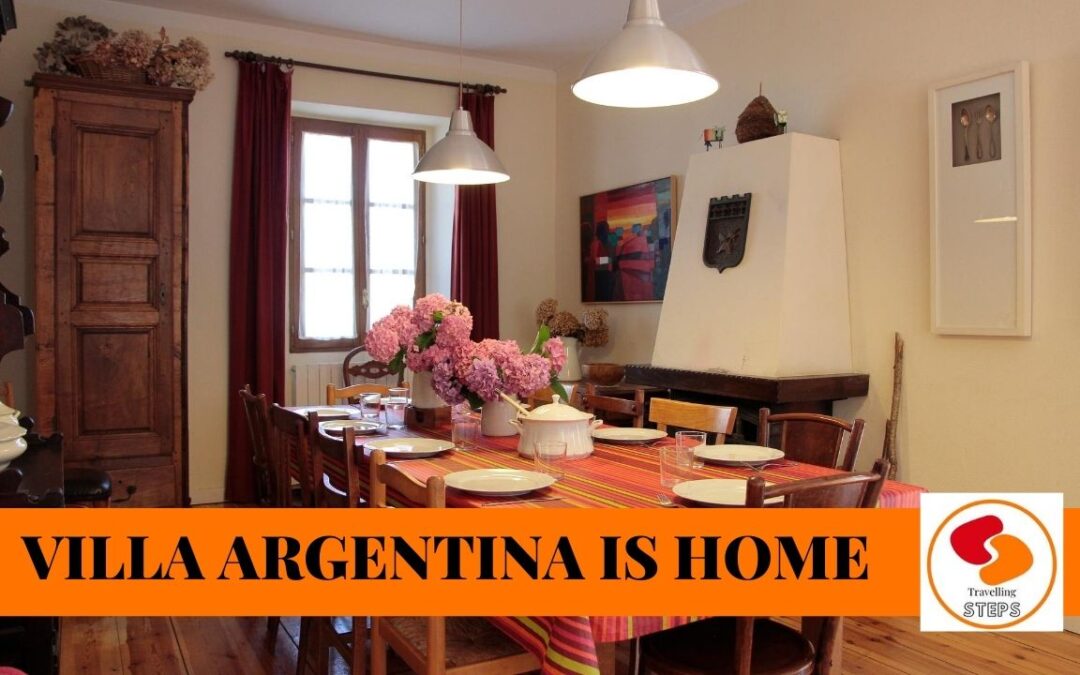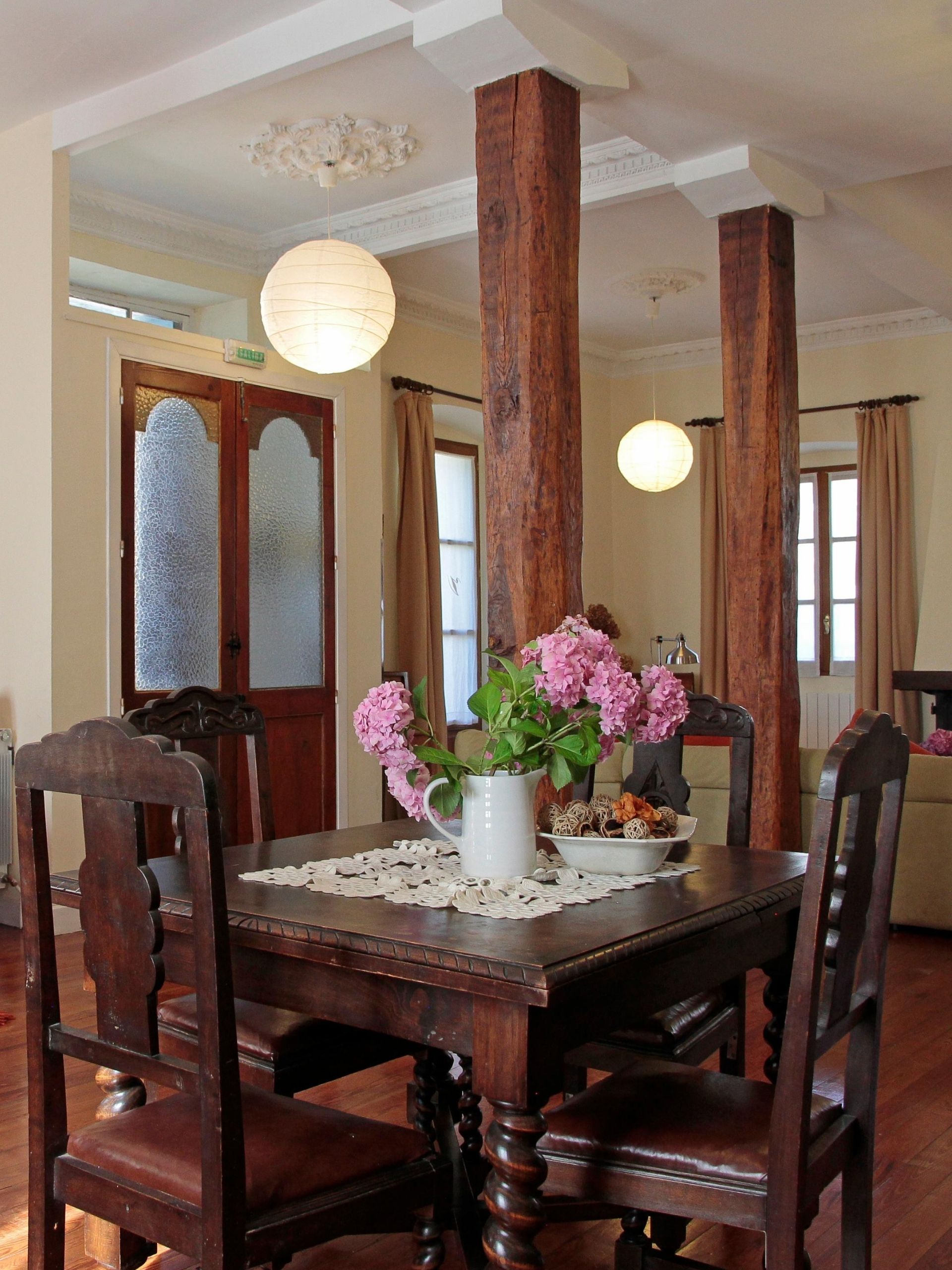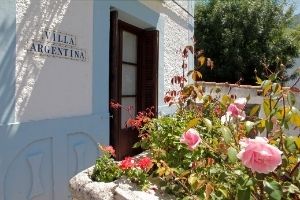In our culture, when you die, you leave everything to one child and by tradition, it’s the first born no matter if it is a girl or a boy who will inherit your possessions. The rest of the kids get nothing or as we say “you will not get the home, but you will get the education.” Ainhoa (my wife) and myself, got the education…. so, we will not inherit neither of the family houses. After some years of therapy, I can say that I am “fine” with this tradition…
how we found our family home
When we started dating Ainhoa was still in college, and I just got my first, super underpaid job. As money was not in our pocket, our weekend excursions were driving in the car searching for our dream house. We probably visited about 50 houses, not even one connected with us. One day a friend told us about this “special” house…
As we didn´t have much to do, we arranged a house tour that same Saturday morning. It was a beautiful sunny spring day. The drive from Pamplona (where we live) to the village (Beintza) took us exactly 1 hour. The last 6 miles where not fun to drive. I believed (and still do) that that road was constructed by the enemy. Can there be any more curves? Yes, it is gorgeous, but, come on…
Before I walked in, I felt something. It was a feeling of peace. I felt protected. I was home. I have vague memories of the house itself. All I remember is somebody talking too much and the world going in slow motion. I knew right there that this had to be our family home.
I was afraid that maybe Ainhoa didn´t like the house. While they were showing us the property, she didn´t say a word, nothing. But in the moment we sat down alone in the car, her first words were “and, how are we going to pay for this? This is our home.” Three weeks later we bought Villa Argentina.
HISTORY OF THE HOUSE
Built towards the end of the 19th century, Villa Argentina was named by its original owner, Don Felipe de Jesus Echeverría. To tell you the truth, there is not much info about when it was costructed.
Don Felipe grew up in the hamlet of Beintza-Labaien and entered priesthood at an early age. He was going to become the next priest in the village, but I guess God, had other plans for him. He was sent, first to Mexico and then Argentina, where he was appointed Bishop. He felt deeply in love with Argentina, it´s light, the culture, the food, the people, etc…
At the end of his life Don Felipe returned to his native Navarra, building this beautiful house as a tribute to his time in the Americas. He painted the exterior in blue and white for his beloved Argentina. The construction was in keeping with the style of a typical colonial home of the Indias, and not following the local Basque style. Villa Argentina is considered as an Indiano home
A VERY SPECIAL STYLE OF HOME
But, what is an Indiano house? An Indiano is the person who went to America (north, central or south America) and returned back home, normally with a lot of money. In order to show their success, this people would pay for the restoration of the village church, or they would sponsor the new fronton where kids can play pelote. Also, they would construct their dreamed home. A home that had to stand out from the rest, a home that is beautiful, elegant and sophisticated.
What are the main differences between a Basque house and an Indiano house?
– As this was not a working house, they didn´t need farming animals in the house. Therefore, in the first floor of a normal Basque house you will find the stables, not anymore in use, because of sanitary reasons. While when you walk in an Indiano home, you will be welcomed at the hall by the maid, and not at the stable by a cow.
– Normally the Indianos, back in America, had land surrounding their property. So most of these houses have a garden. This might resonate as a normal thing to you, but if you are Spanish, it is an exception.
– An Indiano needed spacious homes, so the sealings are over 10 feet tall. They need the light, so the windows are huge. They look like a crystal house.
– They wanted to be reintroduced in the Basque society looking as a wealthy man, but also and wise one. They would construct small libraries at home. Imagine having books at home in a small village. That was extraordinary!
With so much heritage, we have meticulously restored the property, respecting as much as possible the original structure of the house.
Around the house
I wake up in the morning, breath the fresh air and marvel at the stunning scenery. In fact, the connection here with mother nature is the most natural stress relief I can wish for.
Set amongst one of the most spectacular backdrops in Spain, the iconic Pyrenees, is our tiny hamlet of Beintza-Labaien in the region of Navarra. A place where peace and tranquility are a must. The scenery is stunning, oak and chestnut forests, little streams everywhere, sheep and cows around the corner. I love when it is green, when it turns to orange and ocher colors, and I even love it when days are short, and all is covered in snow.
If you want to discover this amazing area, book now your “stay home with us” tour.








